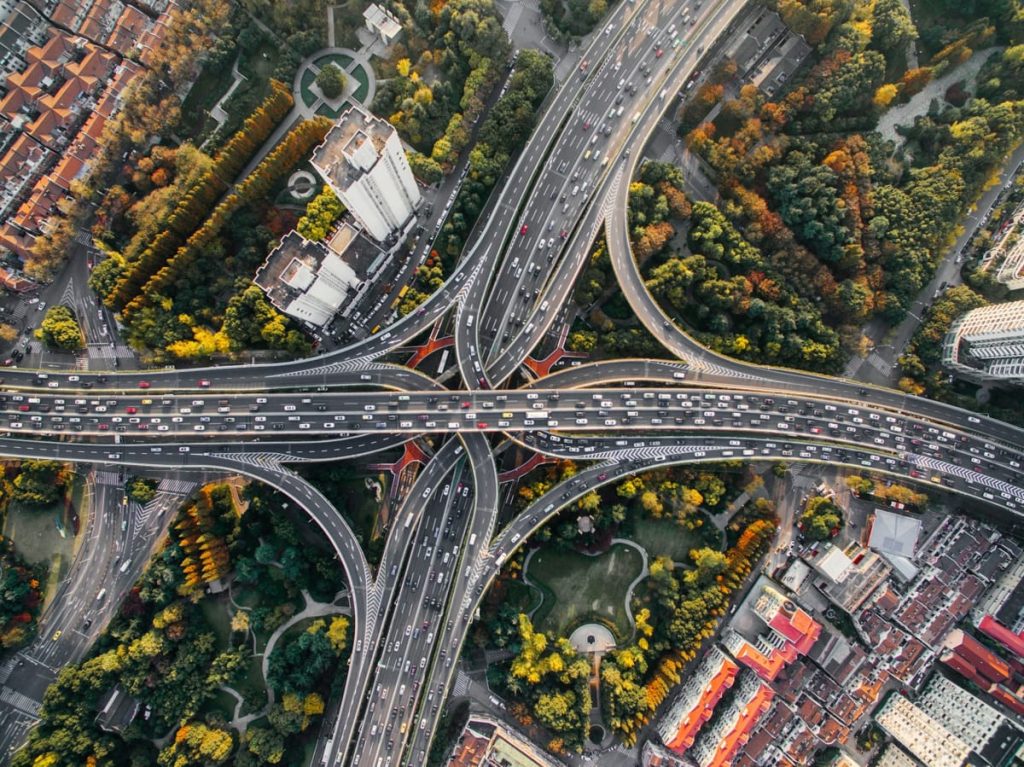In the era of rapid urbanization, efficient transportation systems are more crucial than ever, paralleling the role of MCC panel manufacturers in advancing industrial efficiency. Urban mobility’s evolution is beyond a technological revolution; it’s a fundamental shift in how we navigate and conceive of our city spaces. Smart urban mobility, much like the intricate systems designed by MCC panel manufacturers, transcends traditional transport by integrating technological advancements, sustainable practices, and innovative solutions to enhance city transportation’s efficiency, safety, and sustainability.

The Emergence of Smart Transportation
Smart transportation is an innovative concept leveraging technology to revolutionize urban transit systems. It’s an integrated approach, focusing not only on improving individual vehicles but also on enhancing the entire network of urban mobility, including public transit, traffic management, pedestrian pathways, and cycling routes.
The Power of Data and AI in Transforming Urban Transport
At the core of smart transportation is the utilization of big data and artificial intelligence (AI). These technologies are pivotal in analyzing vast datasets from traffic sensors, GPS devices, and public transit systems. Such analysis aids in improving traffic flow, reducing congestion, and increasing transportation safety. AI algorithms can forecast traffic patterns, optimize traffic signals, and aid in designing more efficient public transit routes.
Examples of AI and big data in urban mobility:
- Singapore’s Land Transport Authority uses AI to predict traffic congestion and adjust signal timings in real time.
- Los Angeles Department of Transportation uses big data to identify high-crash corridors and prioritize safety improvements.
The Rise of Electric and Autonomous Vehicles
Electric vehicles (EVs) and autonomous vehicles represent the future of personal and public transportation. EVs, with their zero-emission capability, are crucial in the transition to sustainable urban transport. Autonomous vehicles, on the other hand, promise a significant shift in how we perceive vehicle ownership and usage.
Benefits of EVs and autonomous vehicles:
- Reduced air pollution and greenhouse gas emissions
- Increased safety and efficiency
- Improved accessibility and mobility for all
Challenges of EVs and autonomous vehicles:
- The high initial cost of EVs
- Infrastructure development needs for autonomous vehicles
- Ethical Considerations Surrounding Autonomous Vehicle Technology
Integrating Public Transit with Emerging Mobility Services
A key aspect of smart urban mobility is integrating traditional public transportation with new mobility services like ride-sharing, bike-sharing, and e-scooters. This integration offers flexibility and convenience, reducing dependence on private vehicles.
Examples of emerging mobility services:
- Citi Bike in New York City
- Lime scooters in various cities worldwide
- Uber and Lyft ride-sharing services
Building Smart Infrastructure for Enhanced Connectivity
Smart infrastructure is a cornerstone of intelligent urban mobility. This includes adaptive traffic lights, sensor-equipped roads, and digital signage providing real-time commuter information.
Components of smart infrastructure:
- Connected traffic lights: Adjust timings based on real-time traffic flow.
- Sensor-equipped roads: Collect data on traffic volume, speed, and weather conditions.
- Digital signage: Provide real-time information on public transit schedules, traffic updates, and parking availability.
The Sustainability Aspect of Urban Mobility
Sustainability is a driving force behind smart urban mobility. Prioritizing solutions like EVs, enhanced public transit, and non-motorized transport significantly reduces the urban carbon footprint.
Benefits of sustainable urban mobility:
- Reduced air pollution and greenhouse gas emissions
- Improved public health
- More livable and vibrant cities
Advanced Technologies Paving the Way for Smart Mobility
IoT and Connectivity in Urban Transport
The Internet of Things (IoT) plays a crucial role in smart urban mobility. By connecting various elements of the transportation system, from vehicles to traffic lights, IoT enables a level of synchronization and efficiency previously unattainable. This section will explore how IoT technologies facilitate real-time data sharing and decision-making in urban transport systems, significantly enhancing commuter experience and traffic management.
The Role of 5G in Transforming Mobility
5G technology is set to revolutionize urban mobility with its high speed and low latency. This advancement is critical for the effective functioning of autonomous vehicles and real-time data processing. This part will discuss the impact of 5G on transportation, particularly in enabling more reliable and efficient autonomous vehicle networks and enhancing overall connectivity within the urban transportation ecosystem.
User-Centric Design in Urban Mobility
Enhancing Commuter Experience Through Technology
Smart urban mobility is not just about technological advancements; it’s also about centering the needs of commuters. This includes developing user-friendly apps for route planning, ticketing, and providing real-time updates.
Examples of user-centric technology in urban mobility:
- Citymapper app: Provides real-time information on public transit schedules, walking and cycling routes, and traffic conditions.
- Moovit app: Helps users compare different transportation options and find the fastest and most convenient route.
- Contactless payment systems: Allow for quick and easy fare payment on public transportation.
Conclusion
The future of urban mobility is an evolving journey towards more livable, efficient, and sustainable urban environments, requiring the expertise of industrial automation solution providers. It necessitates a collaborative effort among city planners, technologists, policymakers, and citizens, much like how industrial automation solution providers work together with various sectors to create integrated, efficient systems.
This concluding section reiterates the significance of smart transportation solutions in shaping future urban spaces and highlights the role of innovation and technology in this transformation.



Recent Comments